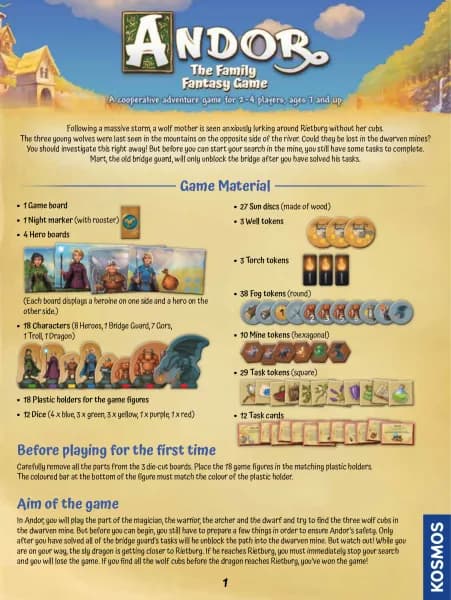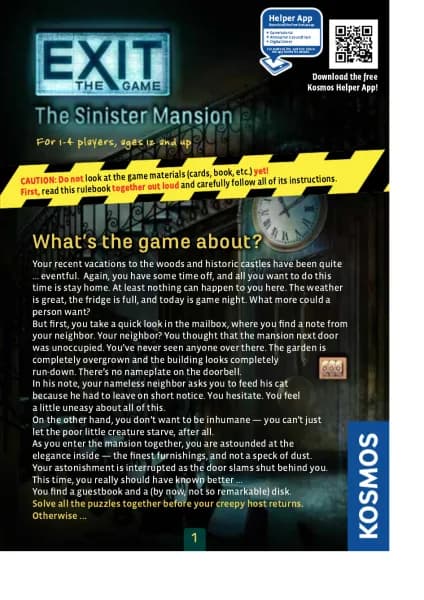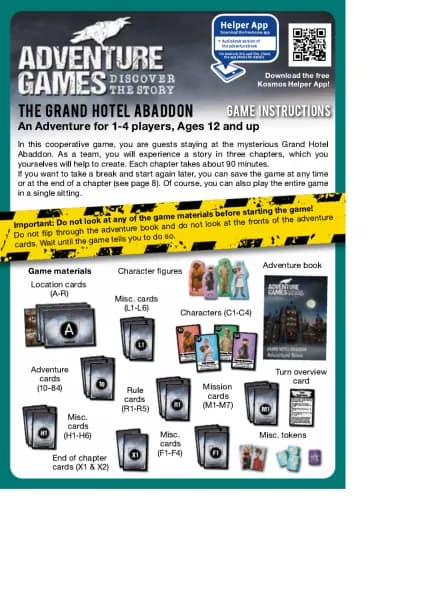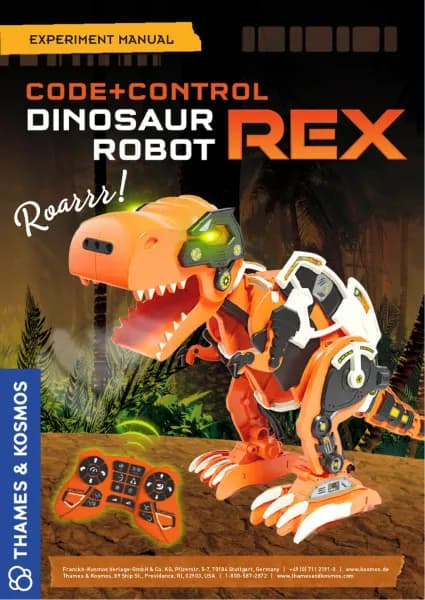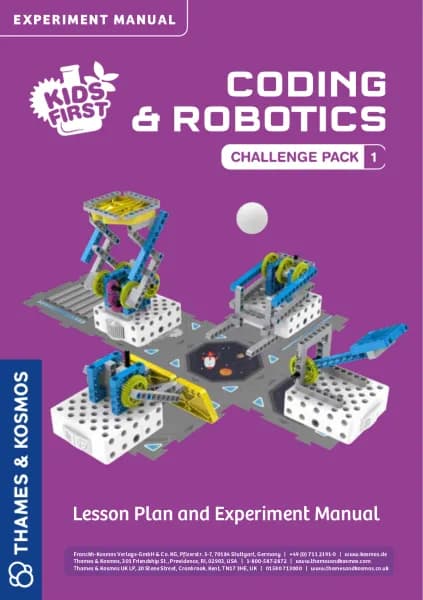Thames & Kosmos Robotics Workshop handleiding
Handleiding
Je bekijkt pagina 9 van 68

ABOUT THE SENSORS
Programming the Robots
WHAT IS LIGHT?
Have you ever thrown pieces of gravel into a lake? When
you do that, you can see how each pebble creates a small
circular ripple in the water. The same thing happens when
a ship passes by the shore of the ocean or a river. If you
watch closely, you may also be able to tell that larger
stones create bigger waves than smaller stones do.
According to one explanation by scientists, light also
spreads out like a wave. Each color in the rainbow is a
slightly different wave with its own wavelength, as you
can see in the picture to the right. Light is just one part of a
much larger spectrum of waves — specifically, the part
that we can see with our eyes. Other waves from this
spectrum, called the electromagnetic spectrum, flow as
electric current out of your wall outlet, or supply a radio
with signals it turns into music.
A person is able to see light because the retina in his or her
eye has special mini-sensors, or sensory cells. There are
two different types: The 125 million or so rods in each eye
can perceive something when there are only very few light
portions, but they can only discern bright from dark, or
black from white. The seven million or so cones, on the
other hand, perceive colors. But to do that, they need a lot
more light than the rods. On top of that, the two types of
sensors are not distributed evenly over the retina.
SENSING LIGHT
The digital light sensor in this kit is not nearly as
sophisticated a sensor as the human eye, but it can detect
different light levels. It is similar to the light sensor used in
mobile phones and computer keyboards to measure
ambient light so that the backlighting can be adjusted.
The light sensor outputs its light measurements in units
called lux. Lux is a measure of the amount of light that
hits or passes through a surface. A given amount of light
will illuminate a surface more dimly if it is spread over a
larger area. For example, if you place a lamp very close to
a table it will illuminate a small area very brightly. If you
move the lamp far away from the table the whole table
will be illuminated but not as brightly because of the
increased area.
Rods
Cones
Layer of
pigment
Bipolar
Cells
Nerve
Cells
Retina
Lens
Light
SENSING TOUCH
The touch sensor in this kit is simply a push buon switch
with a special housing. A push buon is a type of switch
that electrically connects two terminals, usually when a
spring-loaded buon is depressed, allowing current to
flow as long as the buon is depressed. When the buon is
released, the circuit is broken again and the current stops
flowing. The touch sensor in this kit only has two states:
on or off. It cannot sense varying levels of force or
pressure.
Electromagnetic spectrum
Cross section diagram of human eye
Push buon electrical component
7
Bekijk gratis de handleiding van Thames & Kosmos Robotics Workshop, stel vragen en lees de antwoorden op veelvoorkomende problemen, of gebruik onze assistent om sneller informatie in de handleiding te vinden of uitleg te krijgen over specifieke functies.
Productinformatie
| Merk | Thames & Kosmos |
| Model | Robotics Workshop |
| Categorie | Niet gecategoriseerd |
| Taal | Nederlands |
| Grootte | 55434 MB |
